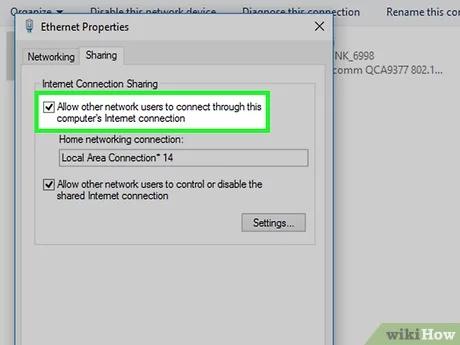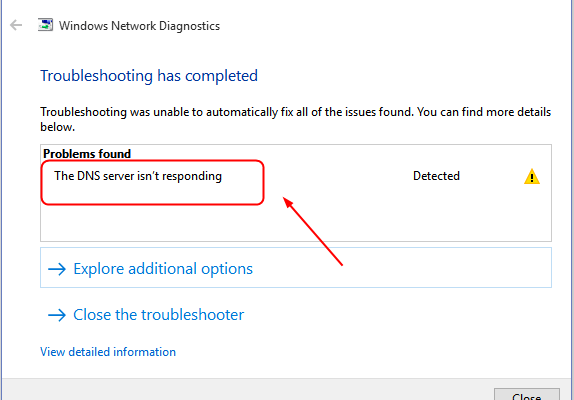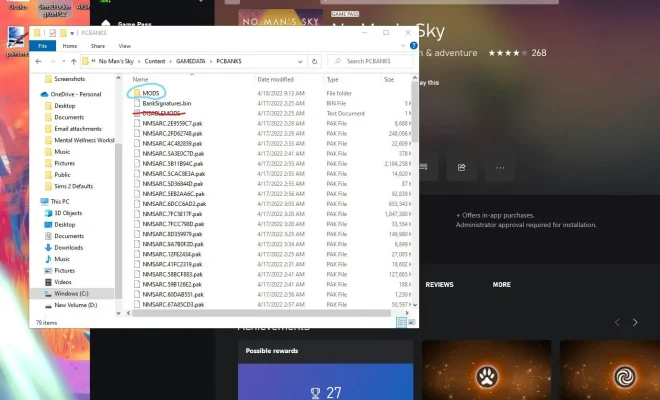How to Share Internet Access

Sharing internet access is an important part of modern life because it allows multiple devices to access the internet simultaneously. In this article, we will discuss the different methods to share internet access and the pros and cons of each.
1. Wi-Fi Hotspot
Wi-Fi hotspot is an easy and convenient way to share internet access. It allows you to connect multiple devices to the internet through a single device. To set up a Wi-Fi hotspot, you need to have a smartphone or a modem/router with a built-in hotspot feature. Follow these steps to set up a Wi-Fi hotspot:
a. Turn on the ‘Hotspot’ feature on your smartphone or modem/router.
b. Set a network name (SSID) and a password so that other devices can connect to the hotspot.
c. Connect your device(s) to the hotspot using the SSID and password.
Pros: Easy to set up, no additional hardware required, supports multiple devices.
Cons: Dependent on the range of the hotspot, limited security features, may incur additional data charges.
2. Wi-Fi Router
A Wi-Fi router is a device that allows multiple devices to connect to the internet via an Ethernet cable or wirelessly. To set up a Wi-Fi router, you must have a broadband internet connection and a compatible router. Follow these steps to set up a Wi-Fi router:
a. Connect the router to your modem using an Ethernet cable.
b. Open the router’s web interface and follow the setup wizard.
c. Set a network name (SSID) and a password to secure your wireless network.
d. Connect your devices wirelessly to the router using the SSID and password.
Pros: Provides a wider range of coverage, better security features, supports multiple devices.
Cons: Initial setup can be complicated, may require additional hardware, may require an Ethernet cable for some devices.
3. Ethernet Cable
An Ethernet cable is a wired connection that allows devices to access the internet directly from a modem or router. To set up an Ethernet cable, you need to have a modem or router with an available Ethernet port and an Ethernet cable. Follow these steps to set up an Ethernet cable:
a. Connect one end of the Ethernet cable to the modem or router’s Ethernet port.
b. Connect the other end of the Ethernet cable to the device you want to use to access the internet.
Pros: Provides a reliable and fast connection, no need for additional hardware, can support multiple devices using a network switch.
Cons: Restrictive range due to the length of the Ethernet cable, only supports a limited number of devices.
Conclusion
Sharing internet access can be done through several ways, each with its advantages and disadvantages. Ultimately, the perfect method for you depends on your needs, preferences, and budget. A Wi-Fi hotspot is the easiest way to share internet access, while a Wi-Fi router provides wider coverage and better security features. An Ethernet cable provides a reliable and fast connection but can be restrictive in range. Whichever method you choose, make sure to secure your network with a strong password and keep your devices updated and protected with antivirus software.






